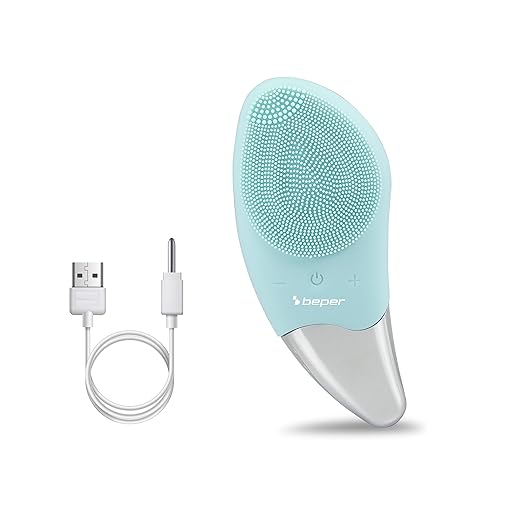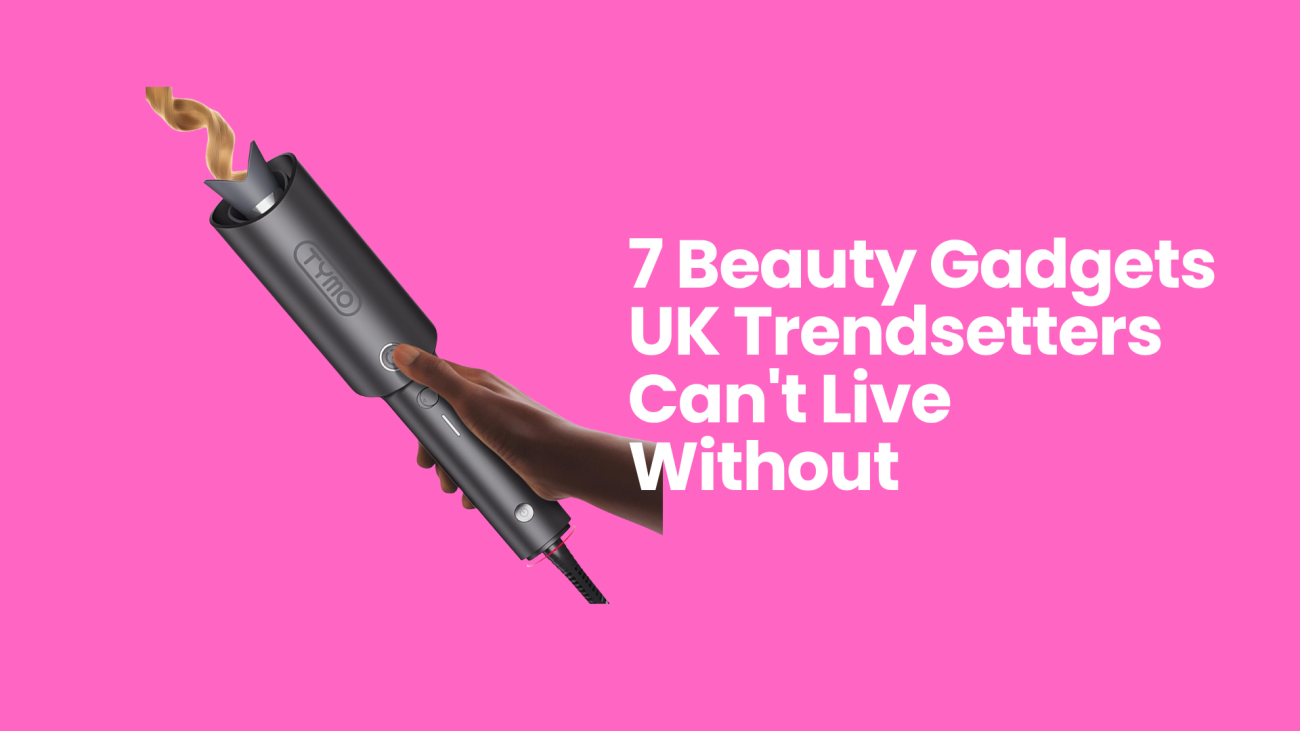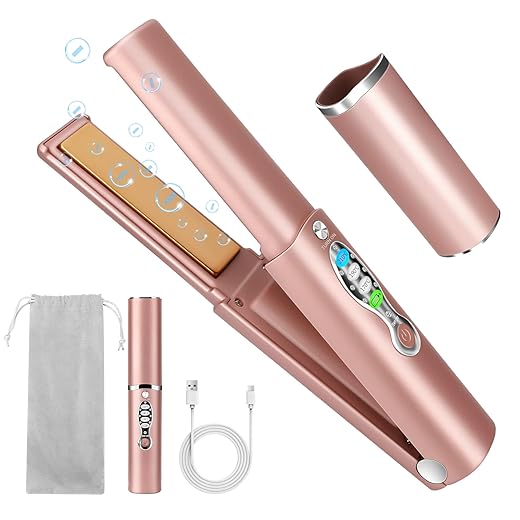Why UK Trendsetters Are Embracing Beauty Tech
They want RESULTS without the salon time, and beauty gadgets deliver. Across London flatshares and rural retreats alike, trendsetters value efficient routines, professional results at home, and devices that adapt to busy, travel-friendly lives. From smart cleansing to high-tech styling, these tools blend science with style and make self-care feel modern and manageable.
This article takes readers on a curated tour of seven essentials: Smart Facial Cleansing Devices, At-Home LED Therapy Panels, Microcurrent Toning Tools, High-Tech Hair Styling Tools, Laser Hair-Reduction Devices, Precision Skin Exfoliation Gadgets, and Portable Beauty Multi-Tools. For each gadget it explains why it’s popular, what to look for when buying, and practical tips for safe, effective use and trends.




Smart Facial Cleansing Devices
How they work and why they matter
Smart cleansing tools—sonic brushes and silicone massage heads—use gentle vibrations or soft bristles to dislodge makeup, sebum and airborne pollution more effectively than hands alone. Trendsetters often report a noticeably cleaner feel after 60–90 seconds; many note serums and moisturisers absorb better afterward, which makes morning routines feel like a mini-spa.
Popular examples in real life
Silicone T‑sonic devices (Foreo Luna series) are prized for hygiene and long battery life, while two-speed spin brushes (Olay ProX, rechargeable models) deliver deeper mechanical action for textured or oilier skin. Travel-friendly models with strong waterproof ratings are common in UK bathrooms and gym bags.
Choosing the right device
Consider these buying points:
Safe use & maintenance
A clean, calibrated cleanse sets skin up to benefit from the next step—professional‑grade LED therapy panels that many UK users layer into evening routines.
At-Home LED Therapy Panels
What the lights actually do
LED devices use specific wavelengths to target skin processes: red light (around 630–660nm) stimulates collagen and reduces fine lines; blue light (around 415nm) kills acne-causing bacteria; near‑infrared (800–850nm) penetrates deeper to calm inflammation and support repair. Users often describe sessions as a warm, buzzy “pause” in their evening routine that feels clinic-grade without the appointment.
Who benefits and how to use it
Ideal candidates include people with early signs of ageing, post-acne redness, or dull skin. For acne-prone skin, blue + red combos work well; mature or sun‑stressed skin leans on red and near‑IR. Typical regimens are 3–5 sessions per week for 8–12 weeks, then maintenance 1–3 times weekly. A London beautician once told a client that steady, short sessions beat sporadic marathon sessions for consistent results.
Panel vs wand — what to look for
When choosing, consider:
Safety and realistic expectations
Always use eye protection, start with shorter sessions, and avoid if on photosensitising medication. Results accumulate—collagen changes and fewer breakouts typically appear after 6–12 weeks. LED is best used as a complement to serums and sunscreen, not a standalone miracle.
Microcurrent Toning Tools
What microcurrent is and why it works
Microcurrent devices deliver very low‑level electrical currents that mimic the body’s bioelectric signals, gently stimulating facial muscles and promoting collagen and ATP production. The result is subtle lifting, improved tone and a more sculpted look without needles — a reason trendsetters reach for them before shoots or nights out.
Device types and real‑world picks
Handheld wands (NuFACE Mini, FOREO BEAR) are portable and great for targeted work; guided systems (Ziip) combine app-driven protocols and preset programs for more nuanced treatments. A fashion editor might use a mini device for a five‑minute pre-event lift, then a guided device on weekends for deeper sessions.
Typical protocol and how to do it
Follow a consistent schedule for cumulative results:
Conductive products and pairing
Conductive gels (NuFACE Gel Primer, neutral pH serums) are essential for good contact and to avoid irritation. Lightweight peptides or hydrating serums pair well post‑session to support results.
Safety and clinician consultation
Avoid use with pacemakers, pregnancy, epilepsy, active infections, or recent facial surgery — anyone in these categories should consult a clinician. Start at low intensity, do a patch test, and skip days if skin is inflamed.
Practical tips
Charge devices fully, keep sessions brief but regular, and combine microcurrent with lymphatic strokes for quicker visible lift. Next up: tools that tackle hair — from salon‑grade styers to clever cordless tech that complements a polished, tech‑forward routine.
High-Tech Hair Styling Tools
Intelligent heat, airflow and hair health
Trendsetters now expect hair tools to do more than style — they protect. Modern hairdryers and stylers use heat-sensing tech (Dyson Supersonic-style sensors, ghd Platinum+ predictive heat control) and engineered airflow to maintain an optimal surface temperature, reducing cuticle damage while delivering a salon-standard finish. They dry faster with less exposure, which is what a busy stylist in Shoreditch will tell you after back-to-back shoots.
Materials, attachments and design
Choice of plate or barrel material changes results:
Lightweight, ergonomic designs and magnetic or snap-on attachments (diffusers, concentrators, curling barrels) add versatility without arm fatigue.
How to pick the right tool for hair type and style
Quick how-to and heat-damage prevention
These practical choices and simple habits keep styles glossy and resilient while making high-tech tools a sensible everyday upgrade.
Laser Hair-Reduction Devices
How it works
At-home IPL (intense pulsed light) and low-power diode laser devices send targeted light pulses that are absorbed by melanin in the hair shaft and follicle. That energy heats the follicle to interrupt the growth cycle, gradually reducing density and thickness. IPL emits broad-spectrum flashes (popular models: Philips Lumea, Braun Silk-expert), while handheld diode lasers like the Tria 4X deliver single-wavelength light for greater follicle focus.
Typical timeline and maintenance
Most users see initial thinning after 3–4 treatments and noticeable reduction by 8–12 sessions; treatments are usually spaced every 2–4 weeks at first. Long-term maintenance—brief top-ups every 1–3 months—keeps results, but hormones and new growth zones mean some variability between people.
Who it’s suited to — and safety essentials
Devices work best on darker hair and lighter skin because of melanin contrast; most manufacturers include a skin-tone guide. They are less effective on blonde, red or very grey hair and some are contraindicated on darker skin tones.
Practical how-to tips to minimise risk and improve outcomes:
Following manufacturer guidance and realistic expectations turns these devices into a convenient, cost-effective alternative to frequent salon visits — and primes the skin for the kinds of precision exfoliation tools covered next.
Precision Skin Exfoliation Gadgets
What these tools do
Trendsetters choose precision exfoliation gadgets—microdermabrasion machines (e.g., PMD Personal Microderm, Trophy Skin MicrodermMD), home dermaplaning devices (Dermaflash, Tweezerman-style razors) and sonic exfoliators (silicone or bristle-based sonic brushes)—to remove dead skin, smooth texture and boost serum absorption. These devices deliver controlled, repeatable results that salon visits can’t always match for time-poor urban lifestyles.
Chemical vs physical pairing — practical differences
When pairing gadgets with chemical exfoliants, trendsetters use low‑strength AHAs/BHAs on alternate days to avoid over-exfoliation—chemical peels dissolve bonds between cells; physical gadgets remove cells mechanically. For example, a weekly light microdermabrasion session followed by gentle lactic acid a few days later can brighten without stripping. Sonic exfoliators are often safe to use more frequently and pair well with hydrating serums rather than strong acids.
Frequency, aftercare and red flags
Targeted at-home exfoliation refreshes the complexion without overdoing it and sets up skin perfectly for the multitasking tools discussed next.
Portable Beauty Multi-Tools
Portable multi-tools combine two or three functions—cleansing, LED, microcurrent or grooming—into pocketable units built for life on the move. UK trendsetters prize them for versatility, low luggage footprint and battery endurance: one compact gadget can manage a morning cleanse, a quick LED zap for inflammation and a lunchtime microcurrent lift when time is tight.
Where these gadgets really shine
Real models that illustrate the category include NuFACE Mini (portable microcurrent), FOREO UFO 2 (LED + heat + sonic for mask treatments) and ZIIP GO (compact microcurrent/galvanic).
What to prioritise when buying
Keeping them sanitary on a busy schedule
Balancing convenience with results
They make perfect on‑the‑go companions, but trendsetters still keep full‑size, specialist devices at home for deeper sessions—multi‑tools complement, not replace, dedicated treatments. Next, the Conclusion will bring together how to fit these gadgets into a smart beauty routine.
Integrating Gadgets into a Smart Beauty Routine
Each gadget—smart cleansers, LED panels, microcurrent tools, advanced stylers, at‑home laser devices, exfoliating gadgets and portable multi‑tools—helps trendsetters polish skin and style hair with professional results at home or on the move. They complement fundamentals: gentle cleansing, tailored serums, SPF and healthy hair care. Choosing devices suited to one’s skin and hair type, following safety instructions, and keeping up with maintenance ensures safer, more reliable outcomes.
Consistency and realistic expectations are key: incremental improvements outshine overnight promises. View gadgets as enhancements that amplify routine care rather than replacements for it. When used responsibly, they empower confident styling and healthier-looking skin. Try one thoughtfully, monitor results, and enjoy the process. Share favourite finds and consult professionals for personalised guidance where needed.




